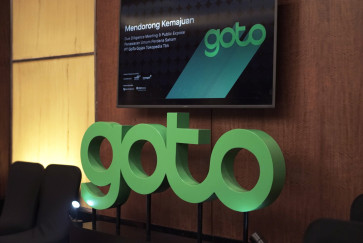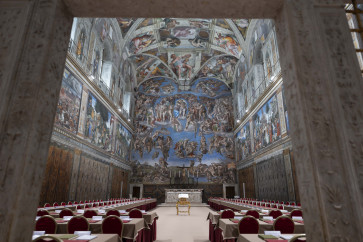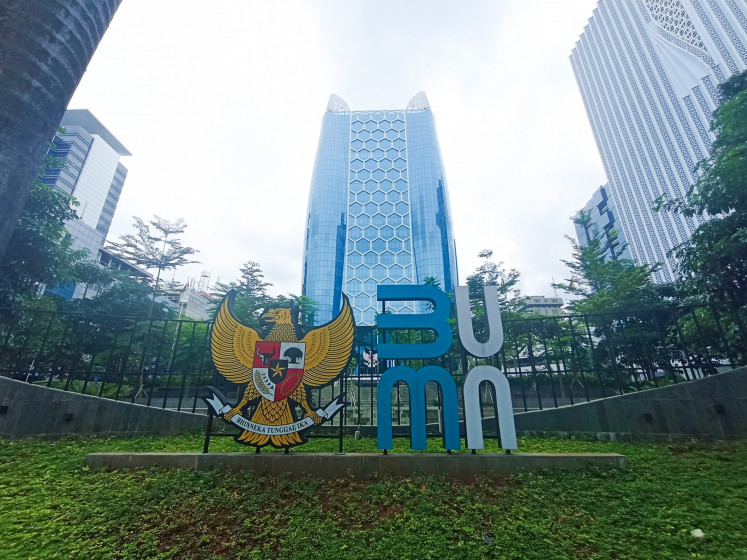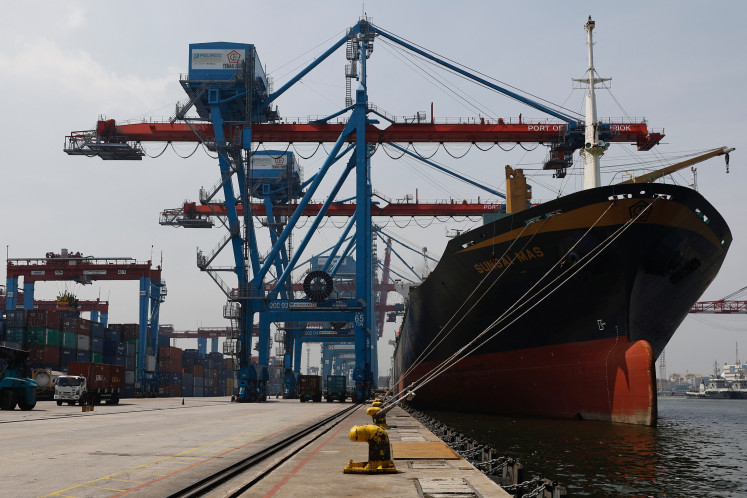How We Can Do Better: Bettering Indonesia’s public spaces
"How we can do better" is a new column that takes an insider's look at various industries and the ways they could improve. In this installment, we delve into the importance of urban planning for public spaces for communities.
Change text size
Gift Premium Articles
to Anyone
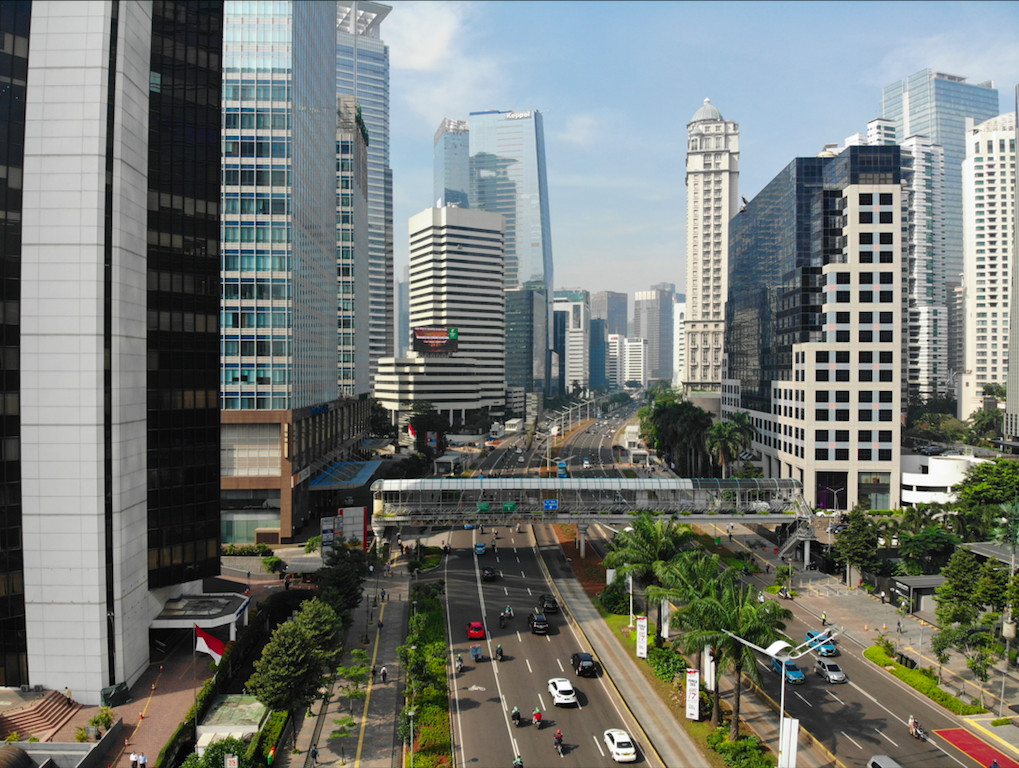
"How we can do better" is a new column that takes an insider's look at various industries and the ways they could improve. In this installment, we delve into the importance of urban planning for public spaces for communities.
The concrete jungle of Indonesia’s vehicle-centric big cities means that there remains very little room for public spaces meant to be traversed by foot. The ones that do exist are rarely welcoming, let alone inclusive — instead brimming solely with aesthetic gimmicks that rarely encourage physical activities.
In areas supposedly suited for pedestrians across Indonesia, tactile paving to help the visually impaired remains unequally distributed. Others are filled with “hostile architecture”, in which buildings seem purposely designed to restrict the physical activities of certain people — particularly the elderly, the poor and homeless.
Inclusive, effective pedestrian spaces are still a long way from becoming a reality in Indonesia.
As Kompas reports, Ikatan Ahli Perencanaan (IAP) released a survey called Most Livable City Index (MLCI) in 2017, and the result showed that only 10 percent of pedestrian paths in Jakarta are "walkable”, with Jl. Sudirman and Thamrin among the list. That is why spaces like the Dukuh Atas area in South Jakarta, which has bred a new subculture of fashionable teens and been dubbed “Citayam Fashion Week”, have become popular recently.
The emergence of the Citayam phenomenon signifies that Indonesia needs to redefine the public space available for communities.
Irgi Susanto is an influencer from Citayam who often hangs around at the Sudirman Central Business District (SCBD) to create content along with his friends and do some online endorsements. Irgi describes the area as strategic and comfortable to walk around. Adding that a site with similar features does not exist near his home.
"It's just nice to stroll around; and public transportation is accessible here," Irgi shared.
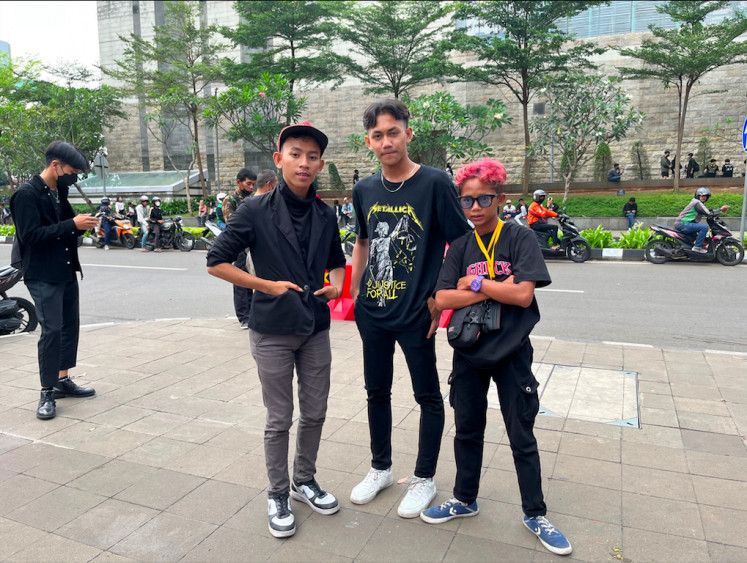
Regulations
Urban expert Yayat Supriatna of Trisakti University said he was not surprised at the Citayam Fashion Week phenomenon as most people wanted a sense of belonging. Yayat criticized Indonesia's urban planners for not focusing on functionality.
The Public Works and Housing Ministry noted that ideally a city should have 30 percent urban green space. Yet, according to the 2019 report from the ministry, only 9.8 percent of Jakarta is urban green space.
Yayat suggested that local governments review the current facilities they have already put in place. He added that there should be more free entry for public spaces (many require payment), while the government needs to strengthen its environmental hygiene policy.
Fanny Rahmadina Irawan, who works as a freelance photographer and a regular visitor to the SCBD said the local government could set regulations to manage the crowds, adding that, during a pandemic, there was a possibility of a new cluster arising from the crowded space.
"The current situation might make other commuters and property owners uncomfortable because too many people are creating content on the street," Fanny shared.
Yayat hopes the government will plan better public transportation integration and facilities, such as those in neighboring countries like Singapore.
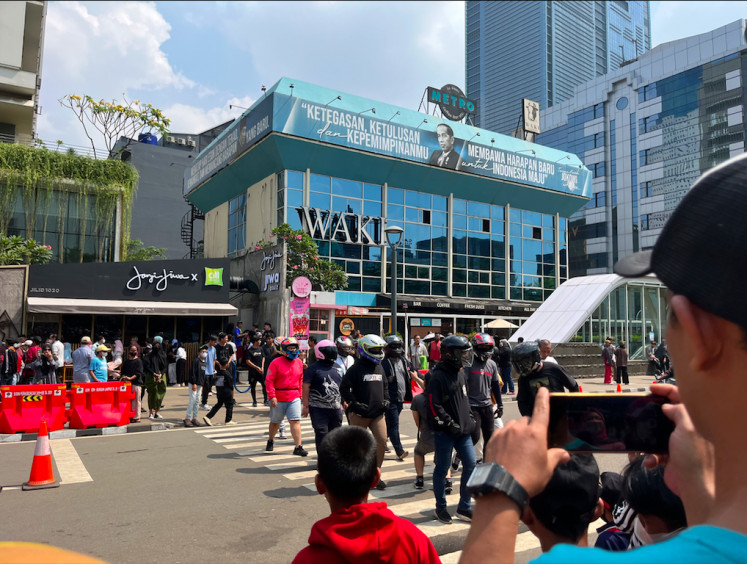
Urban designers’ efforts
Ade Tinamei, an urban designer from Pusat Studi Urban Desain (PSUD), added that there should be more awareness of goodwill in design rather than merely following regulations and standards when designing public space.
Ade shared that urban designers need to understand the behavior of urbanites. Urban designers rarely study such aspects needed for public space projects.
Ade took as an example designing a pedestrian way. There are no exact measurements for a perfect pedestrian way, but the designers must understand how a "humane design" is required for such a critical public facility. A user-centered design needs to be carefully addressed as a wide range of human characteristics and the behavior of urbanites must be accommodated in it.
Imposing an ergonomic design in material and dimension is one crucial entry point in a humane design. Figuring out how the placement of the street furniture in a pedestrian way around a building area is another. Some things need to be avoided, like road fences that are too high and monotonous plain walls that can create a negative mindset in individuals.
Then, most importantly, access for people with special needs. Access ramps for wheelchair users, tactile surfaces on platforms, braille signage, low-floor vehicles and audio and visual announcements are equally important.
"It won't happen if the urban designers cannot understand how a human being lives in a space itself," Ade said.
"Analytical skill is important because, in fieldwork, it's different. For example, the ideal measurement of a pedestrian way is 3 meters, but the available space might be 1.5 meters. We can still create a comfortable space by putting effort into the surroundings, like adding trees," Ade explained.
Quoting Jan Gehl, the celebrated Danish architect and urban designer, Ade added that a more lively public space can be realized by focusing on creating “life between buildings”. Collaboration between the building architect and the urban designer is thus key to creating a public space that adheres to its function of accommodating more prominent public life in the cities. Ade believes that creating public space is often overlooked.
"Oftentimes as architects we set out to design a building. But then we forget what will happen to the pedestrians, so we need to reflect," Ade closed.

